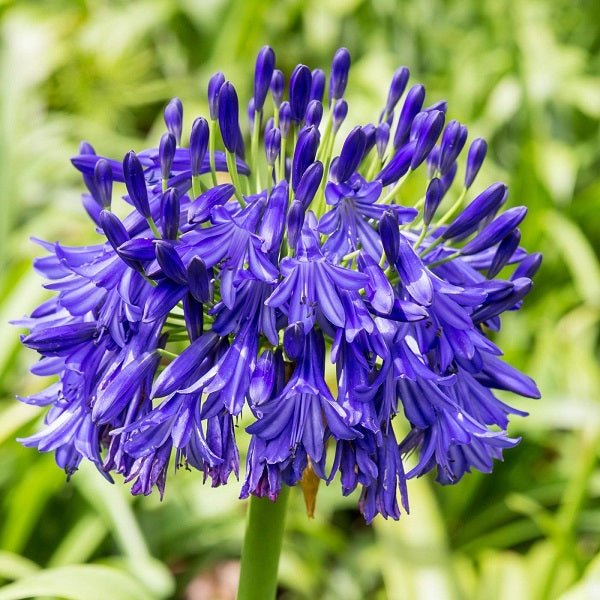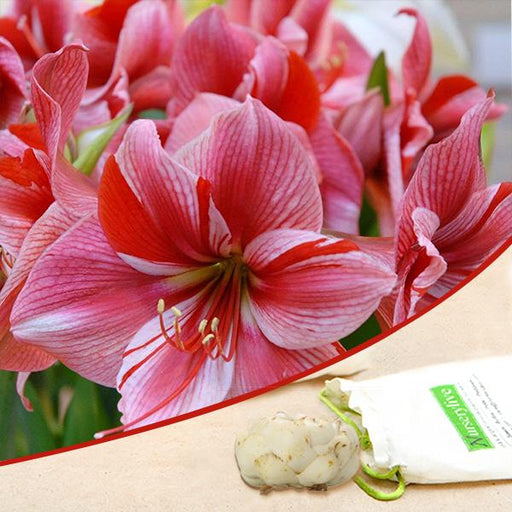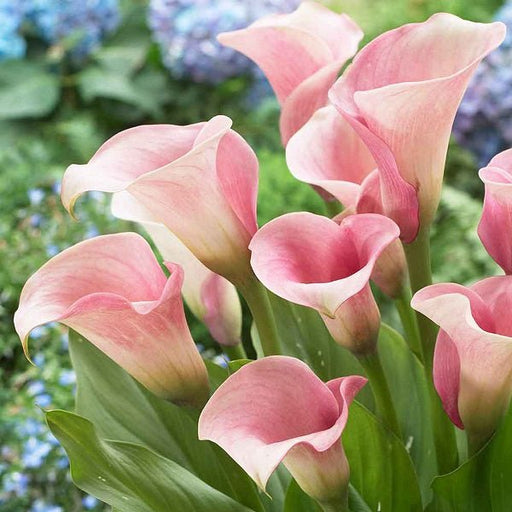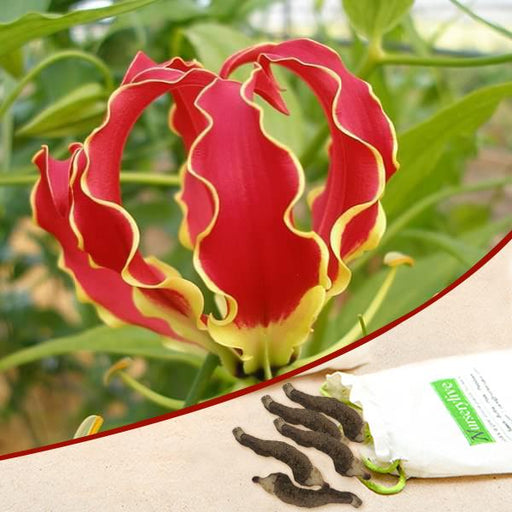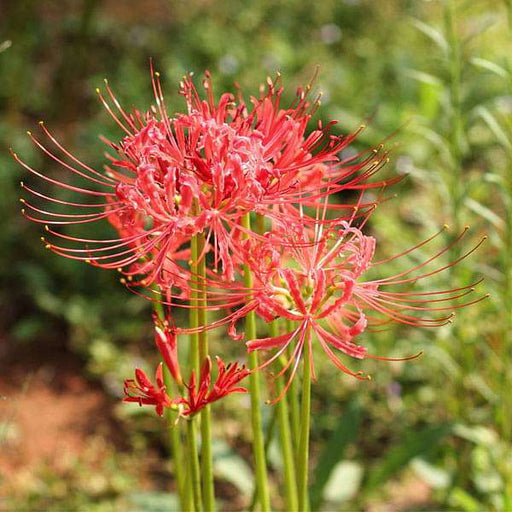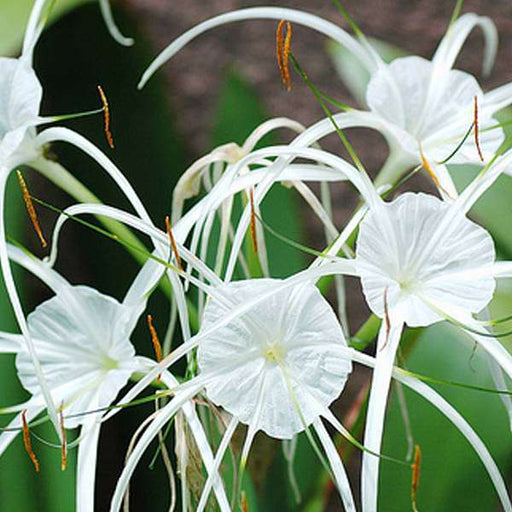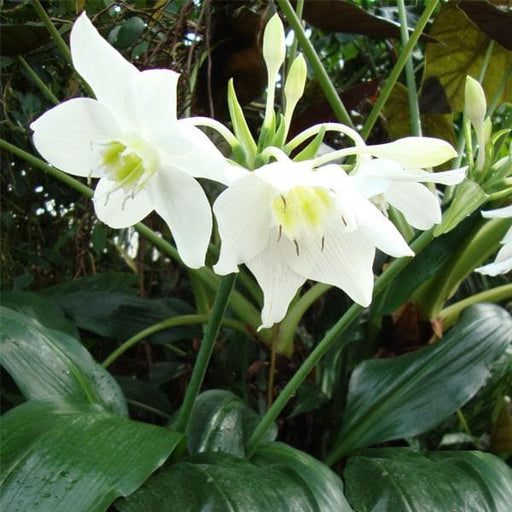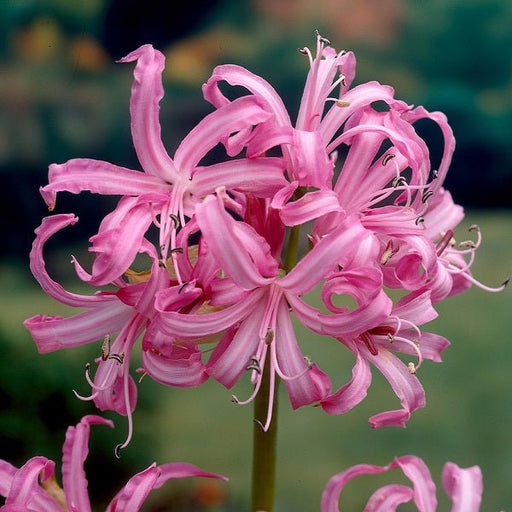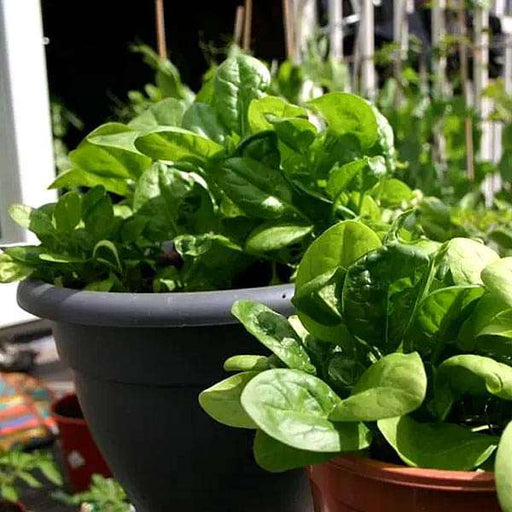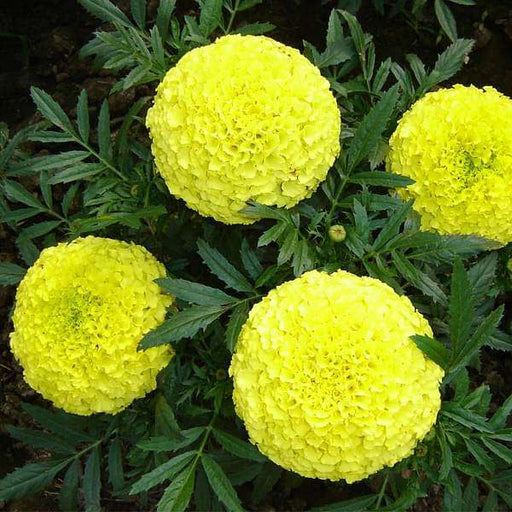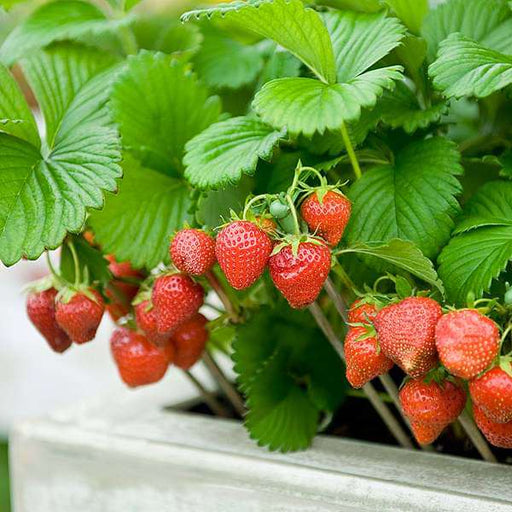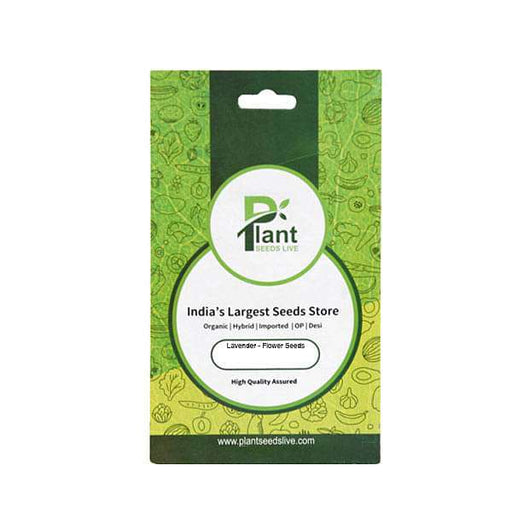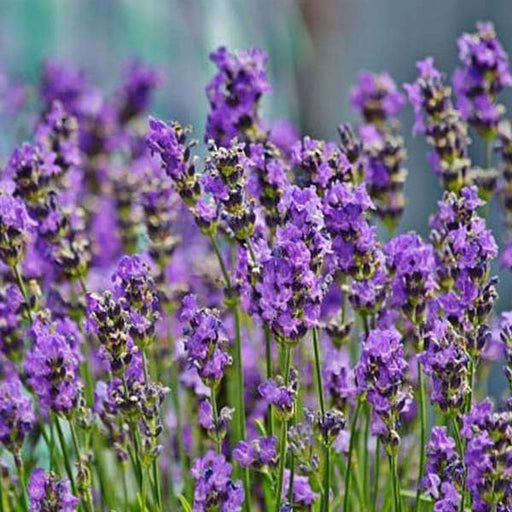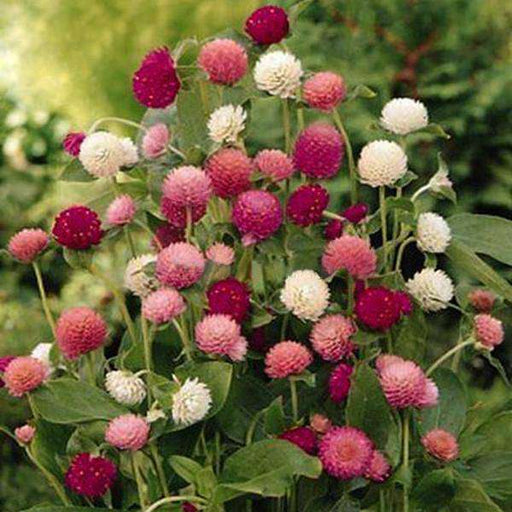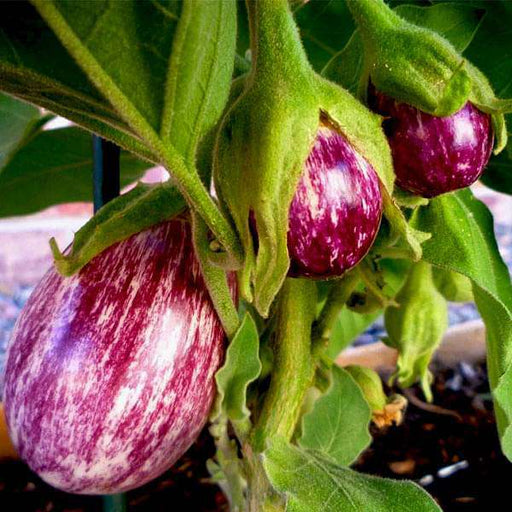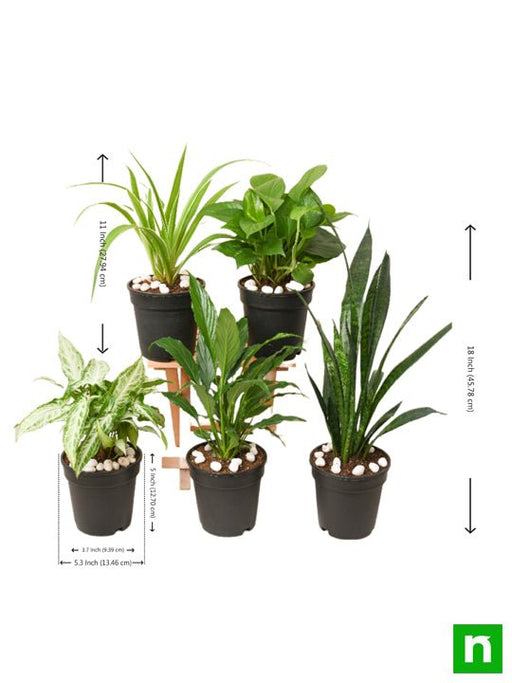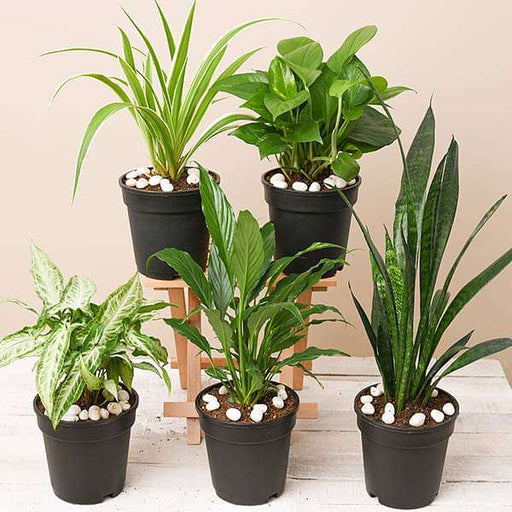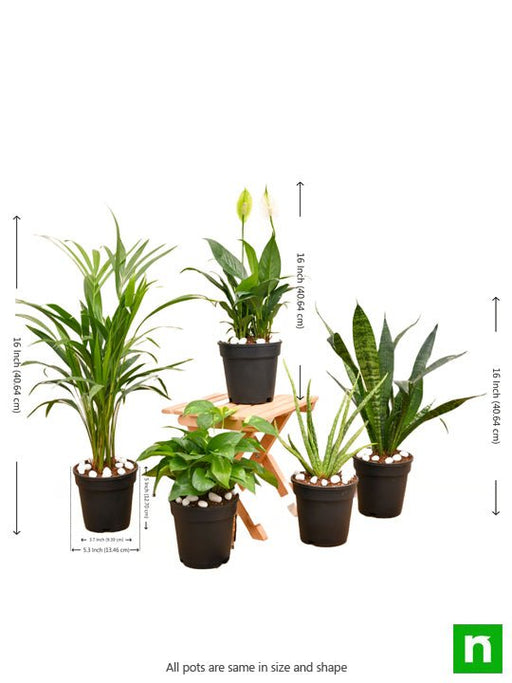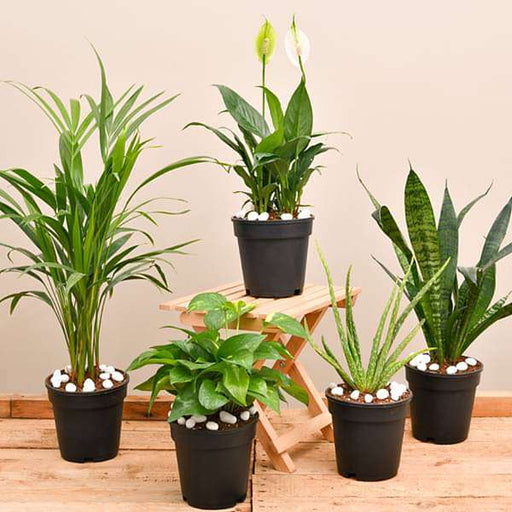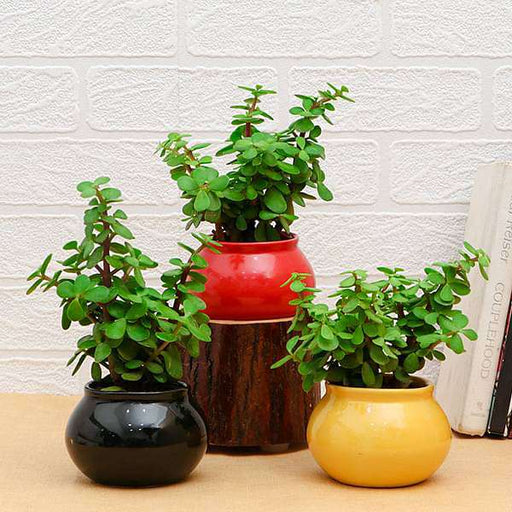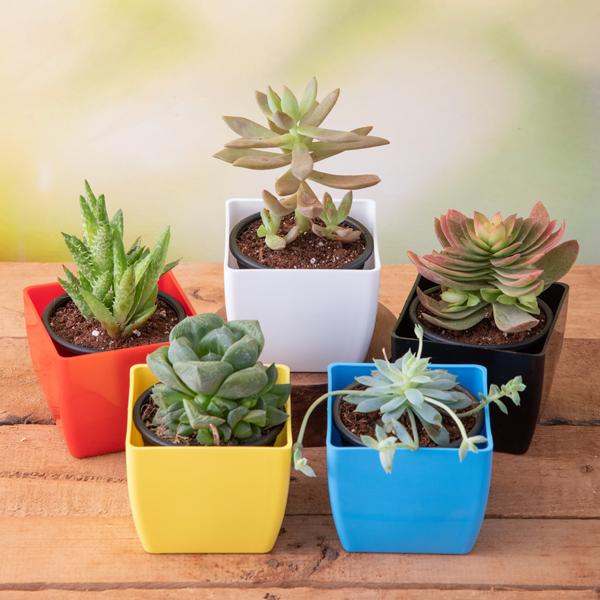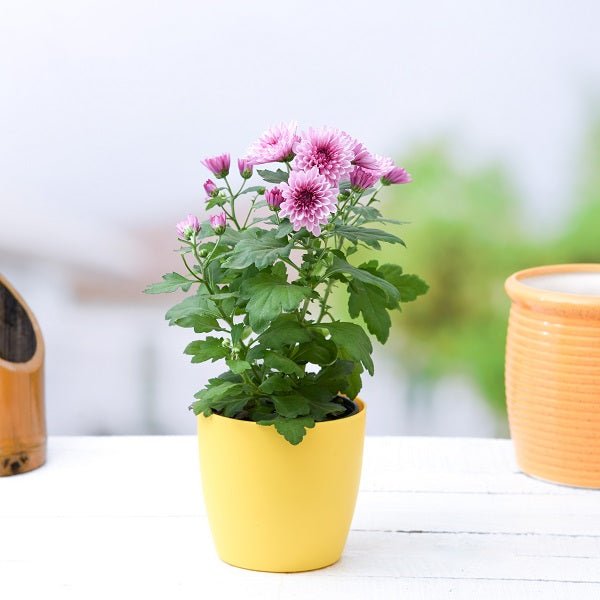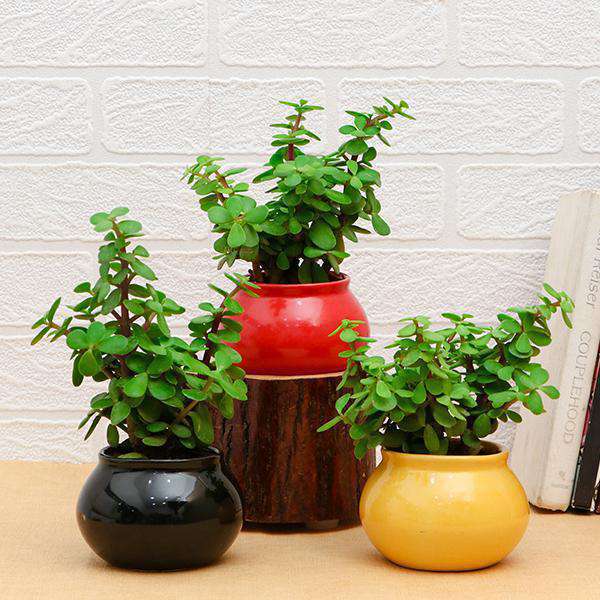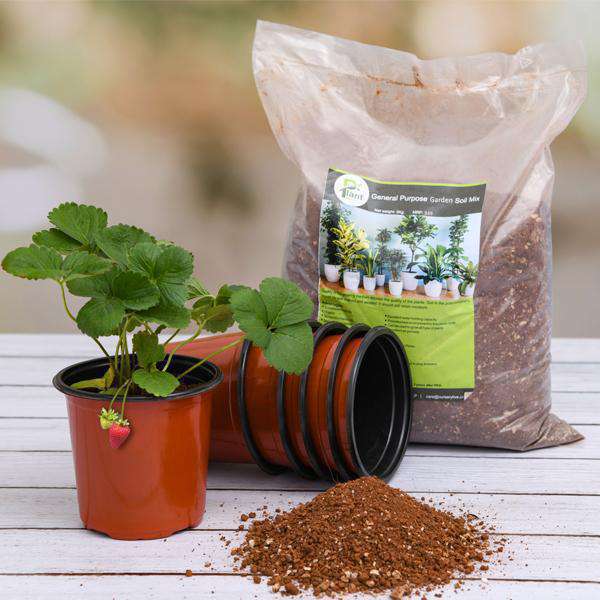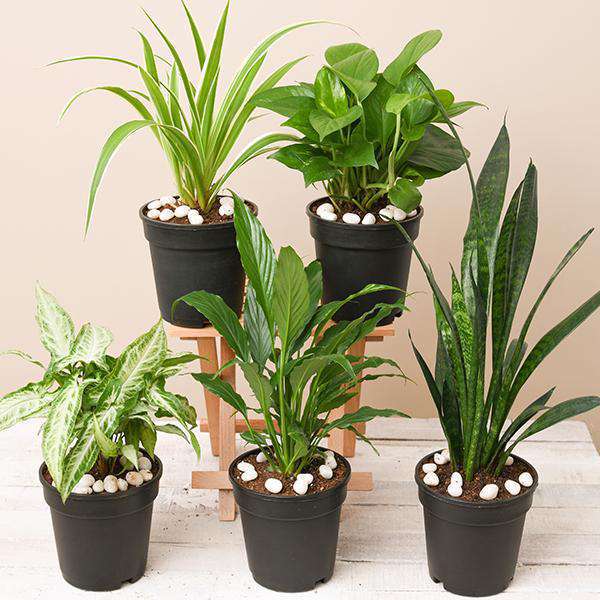Agapanthus Care
If you think caring for Agapanthus is like herding cats, think again! These beauties thrive on neglect, making them the perfect plant for those who love a low-maintenance garden. Just give them a sunny spot, some well-drained soil, and a sprinkle of water now and then, and they’ll reward you with stunning blue blooms that scream, “Look at me!”
Agapanthus Varieties
With over 10 species and countless hybrids, Agapanthus is the diva of the plant world. From the classic blue to the rare white, each variety has its own personality. Whether you prefer the tall and stately or the compact and cute, there’s an Agapanthus for every garden style.
Planting Agapanthus
Planting Agapanthus is like setting the stage for a floral performance. Choose a sunny spot, dig a hole, and place those bulbs in with a flourish. They love to be snug, so don’t be shy about tucking them in. Just remember, they’re not fans of frost, so plant them after the last chill has bid adieu.
Agapanthus Bulbs Benefits
Why settle for ordinary when you can have extraordinary? Agapanthus bulbs are not just pretty faces; they’re also drought-tolerant and pest-resistant. This means less time worrying about watering and more time sipping lemonade while admiring your garden’s star performers.
Agapanthus Flowering Season
Get ready for a floral fiesta! Agapanthus typically blooms from mid-summer to early fall, turning your garden into a vibrant spectacle. These flowers are like the party guests that arrive fashionably late but steal the show with their stunning blue hues.
Agapanthus Companion Plants
Pairing Agapanthus with the right companions is like finding the perfect dance partner. Consider mixing them with ornamental grasses or daylilies for a dynamic duo that will have your garden looking like a botanical ballet.
Agapanthus in Containers
Who says you need a sprawling garden to enjoy Agapanthus? These bulbs are container-friendly and can jazz up your patio or balcony. Just make sure the pot has good drainage, and you’ll have a portable piece of paradise that can be moved to catch the sun.
Agapanthus Pests
Fear not, garden warriors! Agapanthus is not a buffet for pests. With their tough leaves and robust nature, they can fend off most critters. However, keep an eye out for the occasional aphid; they’re like that one uninvited guest who just won’t leave.
Agapanthus Landscaping Ideas
Transform your outdoor space into a botanical masterpiece with Agapanthus! Use them as focal points, border plants, or even in mass plantings for a dramatic effect. They’re the show-stoppers that will have your neighbors green with envy.
Agapanthus Propagation
Want to multiply your Agapanthus army? Propagation is easier than you think! Divide the bulbs every few years, and you’ll have a flourishing fleet of blue beauties ready to take over your garden. It’s like cloning, but way more fun and less sci-fi.
Agapanthus Soil Requirements
Agapanthus is not picky about soil, but they do prefer a well-draining mix. Think of it as their version of a luxury spa treatment—no soggy feet allowed! A little organic matter can go a long way in keeping them happy and blooming.
Agapanthus Seasonal Care
As the seasons change, so should your care routine. In winter, give your Agapanthus a break and let them rest. Come spring, it’s time to wake them up with a little fertilizer and some TLC. They’ll be back in action before you know it, ready to dazzle once again.
